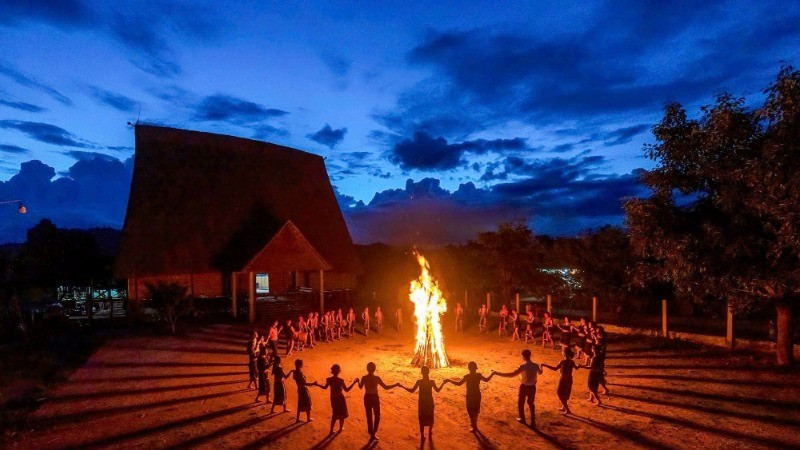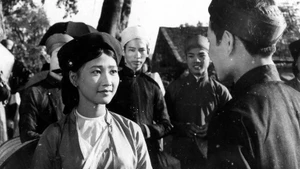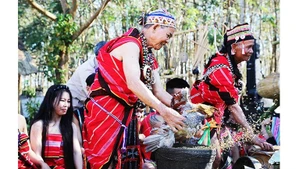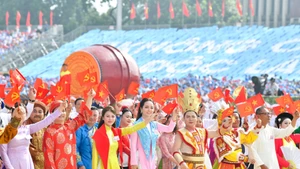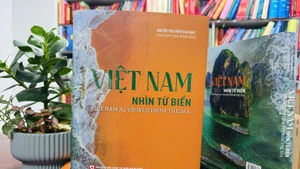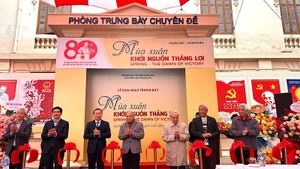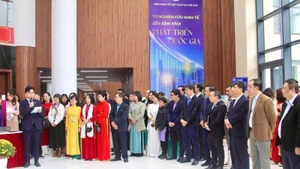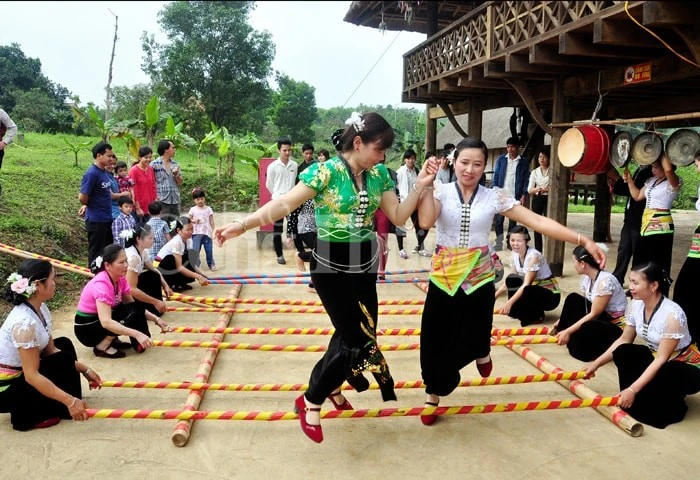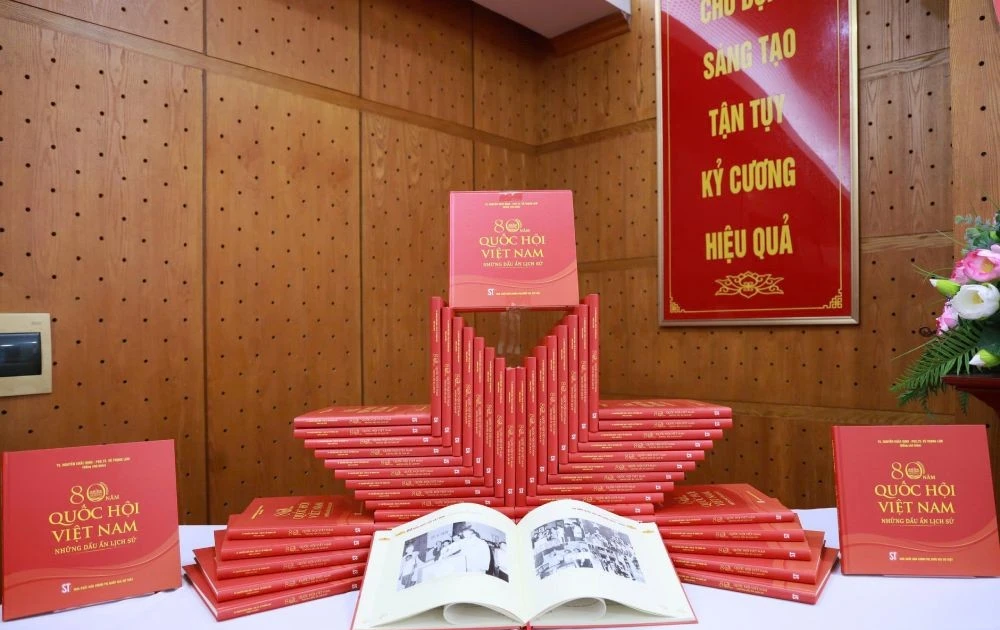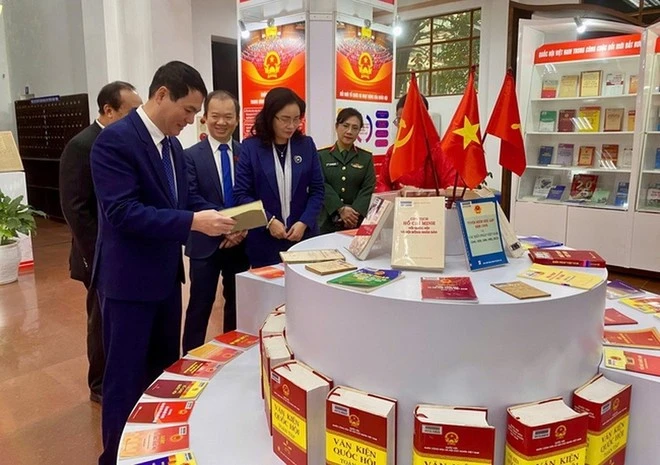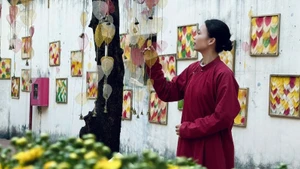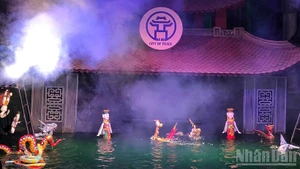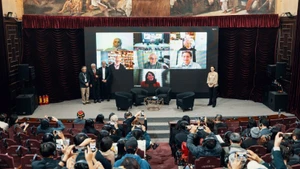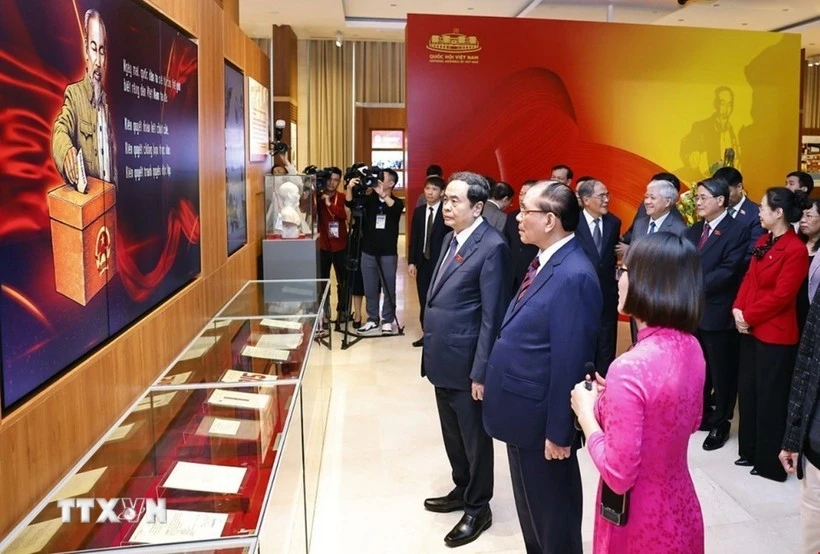Amid the tide of digital transformation, many people are playing an active role in preserving and spreading traditional cultural heritage online. From imagery and music to everyday stories, the culture of the Central Highlands is being shared with heartfelt affection for the homeland and the creativity of its people.
From villages to cyberspace
Kon Tum Province is home to a rich cultural heritage, renowned for its new rice festivals, water wharf worship rituals, epic oral traditions, and gong music.
To safeguard and promote these cultural values, many localities in Kon Tum have proactively adopted technological solutions for cultural conservation. Tran Anh Dung, Head of the Department of Culture, Science and Technology, and Information of Dak Ha District, shared: “We recognise that digital transformation in the cultural sector is not just a trend but a practical necessity. The district has directed the Cultural Centre to film and archive folk rituals, traditional games, and festivals to be broadcast on digital information channels, while also bringing these materials back to villages and hamlets to support traditional education for the younger generation.”
Alongside these governmental efforts, the role of the people is equally vital. In Kon Plong District, the Vi Ro Ngheo Community Tourism Village has developed a range of cultural promotion materials—including videos, articles, and images—shared on social media and used as tools for community tourism. These resources help visitors gain a deeper understanding of the culture of the Xo Dang ethnic group.
Beyond organisations and communities, many individuals have become cultural storytellers through personal and inventive approaches. Ho Viet, from Dak Mar Commune, Dak Ha District, is a prime example. Armed with only a smartphone and a deep love for his village, he has captured scenes of festivals, traditional crafts, and local life, sharing them on platforms like YouTube and TikTok. His warm narration and authentic visuals have attracted hundreds of thousands of views and generated enthusiastic responses. Many young people have even travelled to the area after watching his videos to experience the culture firsthand.
Viet shared: “As social media developed, I began posting stories about our local culture online. Many viewers came to the Central Highlands, to our villages. Young people from the cities—some had never seen a ‘rong’ house being built—were amazed and expressed admiration after watching the videos. That gave me a stronger sense of responsibility to help preserve village culture.”
Beyond digital content, Viet has also actively engaged with online communities interested in Central Highlands culture, organising experiential activities that invite tourists to his village to enjoy traditional cuisine and listen to epic tales. These simple yet meaningful efforts are helping bring Central Highlands culture closer to the public, especially the younger generation.
Digital platforms not only aid cultural preservation but also foster economic development, particularly through community-based tourism. Phan Van Hoang, Deputy Director of the Department of Culture, Sports and Tourism of Kon Tum Province, stated: “Ethnic culture is the soul of tourism. Using technology to showcase cultural values on digital platforms allows tourists to access information early, increasing their engagement and depth of experience. Digital transformation not only preserves heritage but also empowers people to take ownership of their culture and boost the local economy.”
In 2025, Kon Tum aims to attract around three million visitors. In the first quarter alone, the province welcomed approximately 950,000 visitors—fulfilling 32% of the annual target. International arrivals rose 2.4 times compared to the same period in 2024, thanks to effective digital communication that combines natural beauty with ethnic culture.
Lieutenant Colonel, composer, and singer Hoang Phi Ung, from the Gia Lai Province Military Command, has brought Central Highlands folk music to the online community via multiple digital platforms. Born and raised in Gia Lai, Ung has been immersed in folk music from an early age and is the author of numerous songs celebrating the region’s villages, landscapes, and people.
“I believe ethnic music has a powerful vitality. The challenge is how to present it to young people in a relatable way. I arrange new accompaniments, integrate village imagery and traditional instruments, and post the content on social media. To my surprise, it was very well received. I’m currently working on a new project that fuses folk melodies with modern arrangements so that young people can easily listen to, remember, and fall in love with them,” said Ung.
More than just a beloved artist, Ung serves as a bridge between tradition and the younger generation. His compositions are both artistically rich and grounded in everyday life, making them accessible and widely shareable on digital platforms.
Digital space opens new avenues for development
Young people in Gia Lai have also taken practical steps to preserve and promote culture through community initiatives. La Anh Thuy Trang, born in 2006 in A Dok Commune, Dak Doa District, is one such standout figure.
After graduating from Ho Chi Minh City College of Broadcasting and Television, Trang returned to her village and launched a personal YouTube channel and Facebook page called “To Rang Pho Nui.” There, she shares slices of daily life—cooking, farming, festivals, crafts, and more. “I believe that culture doesn’t need embellishment or performance. Just staying true to people and their actions is enough to make it resonate,” she said.
In addition to communication, Trang and her friends initiated a project that repurposes waste materials—tyres, plastic bottles, and scrap wood—into playground equipment for children in remote areas. So far, they have built seven free playgrounds for kindergartens across Dak Doa District.
Their efforts are not only humanitarian but have also generated a positive social impact. Followers of Trang’s channel have come to better understand the life of the Ba Na people, their environmental practices, and community-based child education.
The experiences from Kon Tum and Gia Lai provinces demonstrate that when people become cultural agents and technology is harnessed as a tool, heritage preservation evolves into a self-sustaining and enduring journey. Social media, beyond entertainment, can become a powerful vehicle for cultural and tourism promotion—especially when the content remains authentic and closely tied to community life.
Digital transformation in culture is opening new pathways for tourism. Models such as “rong” house experiences, festival immersion, and exploration of ethnic cuisines are increasingly being woven into tourism itineraries, becoming highlights of the journey. These experiences not only attract tourists but also inspire them to return.
Today, the windswept Central Highlands resonates not only with the gongs of night-time festivals but also in vivid digital expressions—created and shared by the very sons and daughters of the land. This is a testament to the region’s deep cultural identity and enduring love, as well as its active embrace of technology in pursuit of sustainable development.
